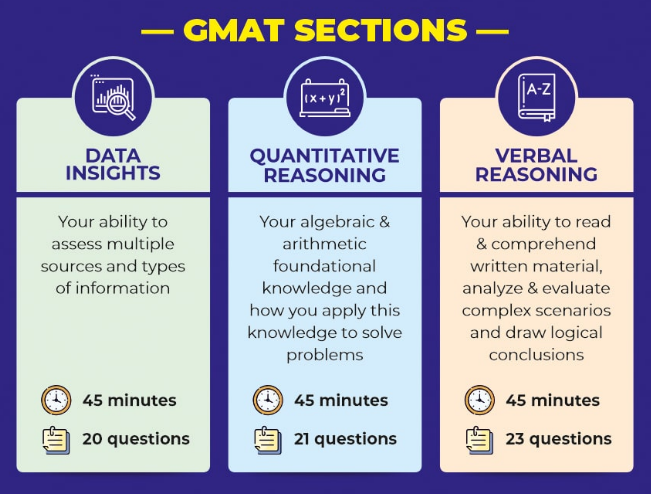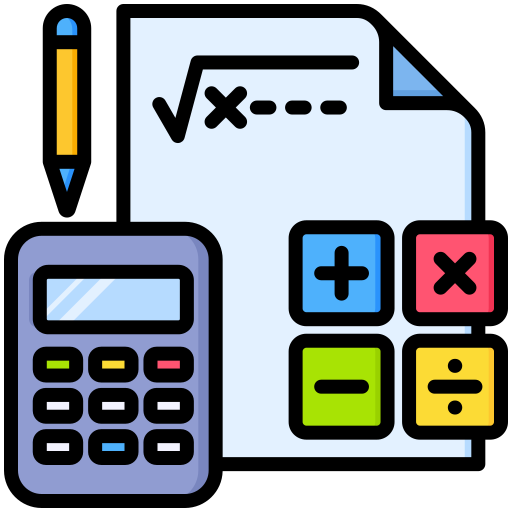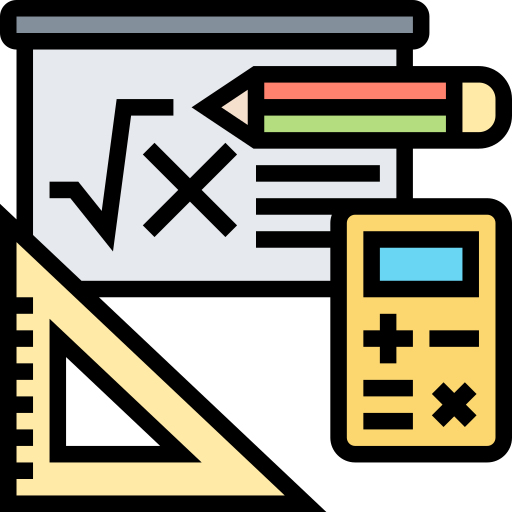Are you thinking about business school? Are you looking for a master degree in finance, management, or data analytics?
Just like the SAT or ACT for college admissions, the GMAT(Graduate Management Admission Test) helps graduate programs evaluate your readiness for the challenges ahead.
But acing the GMAT isn’t something you can wing. It takes smart planning and consistent effort. Want to ace the exam? It all starts with a great GMAT study plan!
 Photo by Tim Gouw on Unsplash
Photo by Tim Gouw on UnsplashWhat’s on the GMAT Focus Edition?
Before crafting your ultimate GMAT study plan, you need to know what you’re up against.
Understanding the structure of the test will help you focus your preparation and avoid surprises on exam day.

The GMAT Focus Edition is divided into three sections, each 45 minutes long:
Quantitative Reasoning (QR)
21 questions
Measures your ability to solve math problems and reason with numbers (e.g. algebra, arithmetic, and data sufficiency)
Verbal Reasoning (VR)
23 questions
Tests how well you understand written material and evaluate arguments, mostly reading comprehension and critical reasoning.
Data Insights (DI)
20 questions
Measures your ability to interpret and analyze data from various sources

Where Should You Focus Your GMAT Study Plan?
With three equally important sections on the GMAT Focus Edition, it might feel overwhelming trying to figure out where to start.

A great way to figure out your priorities is to take a full-length diagnostic test — like the ones offered by GMAT Official Prep, Manhattan Prep, or Target Test Prep. Once you've done one, look closely at your results:
Which section had the most wrong answers?
Where did you run out of time?
What types of questions felt most unfamiliar?
 Photo by Usman Yousaf on Unsplash
Photo by Usman Yousaf on UnsplashQuiz
Jamie just completed a diagnostic test. He got the most incorrect answers in the Quantitative Reasoning. He ran out of time on Data Insights. He felt most comfortable in the Verbal Reasoning. Based on the result, which section should Jamie prioritize?
Quantitative Reasoning: How to Study for It
What does the Quantitative Reasoning section look like?
This section assesses your ability to reason mathematically and solve problems using basic arithmetic and algebra. Even if you don’t have a math-heavy background, this part is more about logic and structured thinking than advanced math. No geometry is tested!
Review Quantitative Reasoning sample questions here. 👈

Prep tips for your GMAT study plan:
Review core math topics:Review fractions, percentages, ratios, equations, inequalities, exponents, etc.
Master data sufficiency: Focus on determining whether the information presented is sufficient — don't focus on solving the problem.
Track your mistakes: Create an error log (e.g. GMAT Club Error Log or a simple Google Sheet) to identify weak areas and recurring patterns.
Time yourself: Practice solving questions within ~2 minutes each to build pacing.
Quiz
Jamie is preparing for the Quantitative Reasoning section of the GMAT. Which of the following study tips would help him succeed? Select all that apply:
Verbal Reasoning Section: How to Study for It
What does the Verbal Reasoning section look like?
This section assesses how well you understand, analyze, and evaluate written material, including Reading Comprehension (RC) and Critical Reasoning (CR).
Review Verbal Reasoning sample questions here. 👈

Prep tips for your GMAT study plan:
Read daily: Focus on dense, logical content like The Economist or Harvard Business Review to build comprehension skills.
Practice both RC and CR:
RC: Identify main ideas, author's tone, inferences, and structure.
CR: Focus on argument analysis, assumptions, and strengthening/weakening logic.
Look for signal words: Pay attention to words like “however,” “therefore,” or “although”, as they reveal argument structure and logic.
Be objective: Base your answers on the passage, and avoid using outside knowledge.
Data Insights Section: How to Study for It
What does the Data Insights section look like?
This section assesses your ability to interpret and analyze data from multiple sources, like table analysis, graphic interpretation, two-part analysis, and multi-source reasoning.
Review Data Insights sample questions here. 👈
Prep tips for your GMAT study plan:
Get familiar with question types: Practice GMAT-style charts, graphs, and logic puzzles.
Focus on efficiency: Learn to scan and extract the most relevant data without reading everything.
Use the onscreen calculator effectively: Use it wisely, it’s available only in this section.
Practice with layered data: Practice multi-step reasoning since DI often presents info across tabs or sources.
Crafting Your GMAT Study Plan

It’s time to build a GMAT study plan that fits your goals and schedule!
1. Plan backward from your test date.
When is your test? Start there, then count backward to decide how many weeks you have to prepare. Ideally, aim for at least 8–12 weeks of structured study time. ⏰
2. Schedule smartly.
Think about when you study best: mornings, afternoons, or evenings? Block out consistent times during your week dedicated to GMAT prep. Try using a time-blocking app like Google Calendar or Notion to structure your weeks 🌞
3. Assign focus areas to your time blocks.
For example, tackle Quant on Mondays, Verbal on Tuesdays, and Data Insights on Wednesdays. Or, dedicate each week to a single section for deeper focus. Rotate topics and review the areas where you struggle most. 🎯
What Does an 8-Week GMAT Study Plan Look Like?
Week 1: Know the Test & Assess Yourself
Learn the GMAT Focus format and timing
Take an official or diagnostic test
Identify strengths and weaknesses
Set up your error log
Week 2: Quant Foundations
Review arithmetic, fractions, ratios, and algebra
Practice basic problem-solving and data sufficiency
Start a formula sheet
Week 4: Data Insights Basics
Learn common chart types and reasoning questions
Practice layered data questions
Get familiar with the on-screen calculator
Week 5: Mixed Practice + Timing
Combine sections (e.g., Quant + Verbal, DI + Verbal)
Start practicing under timed conditions
Track and review mistakes
Week 6: Mock Test + Adjust
Take a full-length official practice test
Analyze timing, pacing, and errors
Adjust study strategy accordingly
Week 7: Refine Weak Areas
Focus on most challenging topics
Review error log and top missed question types
Reinforce timing strategies
Week 8: Final Review & Test Readiness
Light review of key concepts & notes
Rest well, manage stress, and plan test-day logistics
Take a final light mock exam (optional)
Quiz
Jamie has only 2 weeks left before his GMAT exam. Which of the following is NOT an effective study strategy based on best practices?
Take Action
You've got this! With the right GMAT study plan and a steady effort, your success on the exam is just around the corner.
Your feedback matters to us.
This Byte helped me better understand the topic.




 Week 3: Verbal Foundations
Week 3: Verbal Foundations





